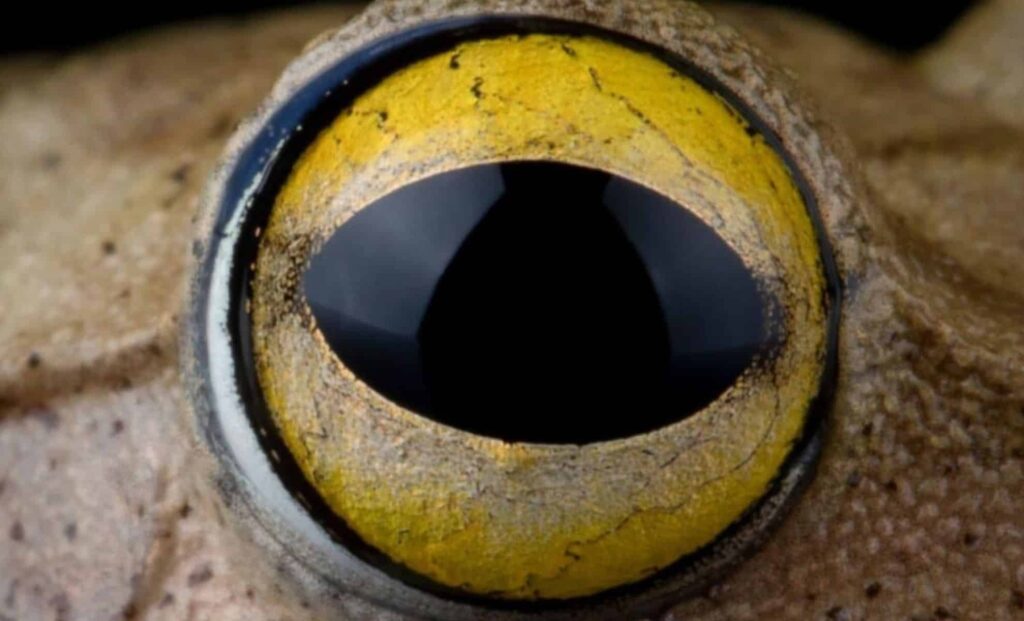A frog thought to have been extinct for over 120 years has reemerged in the remote regions of Chile, marking an extraordinary moment in the study of South American amphibians. The species, Alsodes vittatus, was first described in 1902 but had not been seen since the early 1900s. This rediscovery has excited researchers and conservationists, offering new hope for a species long believed to be lost to time.
A Century of Silence for Alsodes Vittatus
Alsodes vittatus, a small frog endemic to Chile, was last recorded by the German-born naturalist Rudolph Amandus Philippi. Philippi’s original description mentioned a distinct yellowish stripe running along the frog’s back, a feature that helped identify it. However, after this initial description, no confirmed sightings or specimens were recorded for over a century, leading many to assume it had vanished forever.
Despite several attempts to find the frog between 1995 and 2002, researchers were unsuccessful. With no new specimens, the species was feared extinct, and some even questioned whether it had ever truly existed as a distinct species. The reappearance of Alsodes vittatus in 2023 and 2024 is therefore considered one of the most thrilling amphibian discoveries in recent memory.

A Breakthrough Discovery in the Andes
The rediscovery of Alsodes vittatus is as much a story of detective work as it is about biology. A team led by Dr. Claudio Correa from the Universidad de Concepción spent years piecing together historical clues. Their investigation involved tracing the journey of French entomologist Philibert Germain, who had collected the original specimens of the frog in 1893.
Using Germain’s records, the team pinpointed the location in the Andean foothills of Chile’s Biobío and La Araucanía regions, near the Hacienda San Ignacio de Pemehue. Armed with this information, the researchers began field expeditions in 2015, focusing on remote areas in the Andes where Alsodes vittatus had once been found. Their hard work culminated in 2023 and 2024, when they identified five populations of the frog, three of which were confirmed as Alsodes vittatus.
These populations were discovered in cold, rocky streams nestled in temperate forests, where the famous monkey puzzle trees grow. The frogs were found at elevations between 1,421 and 1,610 meters, in areas previously thought to be uninhabitable for the species.


Variability and Genetic Mysteries
The rediscovery of Alsodes vittatus, published in Zoo Keys, brought several surprises, particularly regarding the frog’s physical traits. The distinctive yellow stripe that Philippi had described in 1902 was not present in all individuals. Some frogs had a prominent stripe, while others were completely lacking it. This variation had never been documented before and explains why previous searches had failed to locate the species — the different populations may have subtle differences in their appearance.
In addition to these physical discrepancies, genetic analysis revealed even more unexpected findings. The DNA of Alsodes vittatus was closely related to that of Alsodes neuquensis, a species previously known only from Argentina. One individual of A. vittatus was genetically closer to A. neuquensis than to other A. vittatus individuals found in the same location. This raised questions about whether the two species could actually be the same, suggesting that the frogs of both Chile and Argentina might belong to a single, unrecognized species.


The Conservation Race: Protecting the Species
While the rediscovery of Alsodes vittatus is thrilling, the frog’s future remains uncertain. Its habitat is extremely limited, covering just eight square kilometers, and it faces significant threats. Deforestation, livestock grazing, the introduction of invasive species like trout, and the potential impacts of climate change all pose risks to the species’ survival.
The research team has recommended reassessing the frog’s conservation status, suggesting it should be classified as Endangered rather than Critically Endangered. This would reflect the new populations discovered in the region, but despite this positive shift, the frog remains highly vulnerable. The team also observed notable variation in the frogs’ coloration, with adult males ranging from light brown to olive brown, and juveniles showing darker hues.
One particularly exciting find was the discovery of smaller frogs with a dark brown stripe, matching Philippi’s original illustration of the species. This suggests that Philippi may have based his 1902 description on juvenile frogs rather than adults, solving another puzzle in the century-old mystery of Alsodes vittatus.

